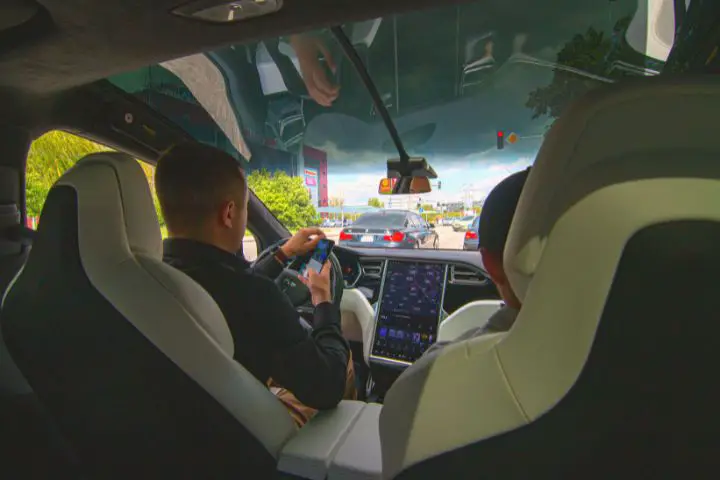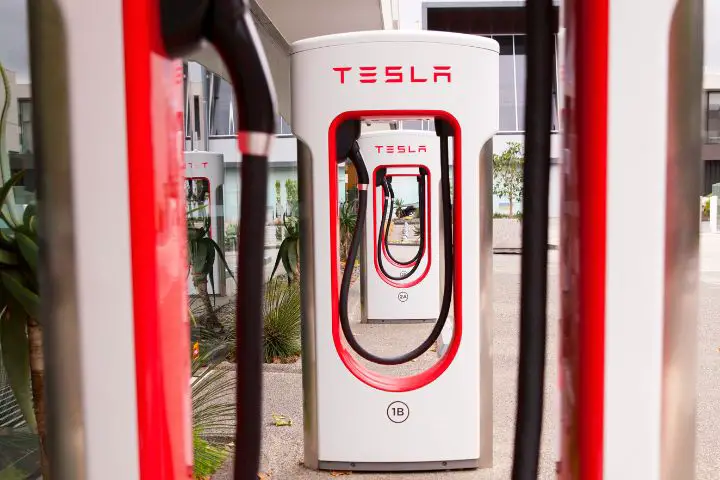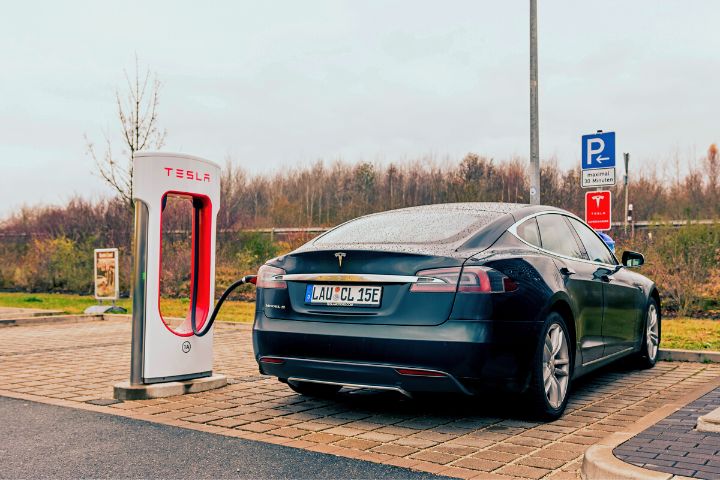Do Teslas Have Engines | Not a traditional one!
In recent years Tesla have transformed itself into an irresistible brand that covers all things solar- from cars to household solar panels and solar roofs. One which represents progression, success, technology and eco-consciousness. With Toyota initially capturing the hybrid market, where a car runs on both petrol and electricity, Tesla has focused on cars running solely on electricity.
Needless to say, that was a major difference compared to traditional cars.
Tesla is known to constantly be pushing the limits of innovation – and though fundamentally a car – it differs greatly to most other vehicles in both aesthetics and performance. Where it stands out most, however, is that it doesn’t actually contain a traditional engine! This may come as a big surprise, but we can explain…
What Kind of Engines Does Tesla Use?
Technically speaking, Teslas don’t in fact have an engine. If you have ever owned, or even sat in a car that is not all electric, then what you owe is a big thank you to an internal combustion engine.
Every non-electric car has an internal combustion engine. To put it (very) simply, these engines function when fuel mixes with air and is ignited by a spark plug, which powers the pistons. This, in turn, produces energy and torque for the car to set in motion.
Teslas, on the other hand, use electric motors which are battery-powered and rechargeable. These motors are located on the axles.

You can buy a Tesla car with two choices; Rear Wheel Drive (RWD), and All Wheel Drive (AWD), though it is possible to activate Front Wheel Drive (FWD) as well. RWD for example means the motors are only powering the two back tyres, so you will find the motor on the rear axle. With an AWD Tesla, you will find two motors, one on the back axle and one on the front.
Where Is the Tesla Engine?
Anyone who has popped the hood of a Tesla knows that all you will find is extra storage space. Whereas most cars have one big boot in the back, Teslas give you a boot in the back, and a small one in the front, meaning you can take even more things with you on your trips away.
We are so used to opening the hood of a car and seeing pipes going in all directions and pistons working furiously, so the lack of the main ingredient on most cars is what gets people asking if Teslas even have an engine?
As previously mentioned, if you’re looking for an engine, you’ll never find it, because Teslas use electric motors – or AC motors – which are located on the rear or both axles of your car.
Do Teslas Have Transmissions?
While Teslas don’t have a traditional transmission, their electric motors take input from the driver to start. This makes for a more powerful, faster performance with instant torque to the car’s wheels the second a driver presses down on the accelerator.
How Much Range Can I Get Out of My Tesla’s Battery?
The question on most new owner’s minds: How Long Can I Drive My Tesla Before it Needs Charging?
Understandably so, no one wants to be speeding down the road one minute, and then have to pull over to find someplace to charge their car!

While Tesla signs off on the fact that most of its models: Model 3, X, Y and S can easily surpass 300 miles on a single charge, the distance you can drive your Tesla is based mostly on the type of battery it has, how often and far you take your car and the model of Tesla you have.
With a Tesla, you also have the added benefit of not losing any range if you get stuck in traffic – an unfortunate case for many gasoline-guzzling cars, which can consume large amounts of fuel even while at a standstill, as a regular engine will keep running, drawing power.
Your Tesla, only drawing power when actually being driven – or having the stereo, headlights, cooling or heating on – saves you battery and means longer hours for range.
What Are the Benefits of Having a Tesla With an AC Motor?
Teslas have an AC motor, which is essentially an electric motor that works on an alternating current. AC motors have immense power density, and Tesla’s patented AC motor system is used across a large variety of electric cars. Having an AC motor can also mean several additional benefits over an average gas-consuming car:
- Greater torque, greater fun: as with any car, the more power your motor has, the more torque you get. With an AC motor you can push your car from the second you start it, speeding faster right off the bat.
- Smaller size, less space: your Tesla’s AC motor, neatly packed away, holds a formidable amount of power compared to the size it is. Your Tesla is likely to be lighter, speedier and more powerful than even a car with a DC motor.
- Environmentally responsible, incredibly efficient: if you’ve bought an electric car, chances are that you’re looking to make every ride a more efficient, environmentally friendly one. With an AC motor, you’re easily on the track to consuming just enough as required in one drive, with no excess power spent otherwise, forcing you to seek out a charger when in the middle of a trip or journey.
FAQs

How Long Can My Tesla’s Battery Last?
Invariably, as they aren’t meant to last forever, lithium batteries can definitely lose their ability to charge. This means that as the battery degrades, so does the extent of range and performance of your Tesla. Certain models, like the Model S, can reach around 200,000 miles without falling short.
Tesla does offer an 8-year warranty for mileage on their cars, but that warranty doesn’t specifically mention an amount of time for when the battery will start to degrade..
How Much Should I Charge Every Day?
While you may feel concerned about not charging your Tesla enough, and that you need to charge it every day to get the best mileage, Tesla signs off on charging your car from 50% to 90%, and no more for daily charging. Charging it to 100% can lead to a weaker battery, and your car probably doesn’t really even need to be charged to full, all that frequently for daily driving.
Your car will also warn you, if charged to 100%, over the course of some time, that your Tesla could experience battery degradation. You can, however, charge it every day, and allow a buffer amount for longer trips/traffic/unexpected drives.
How did Tesla start?
There’s a common misconception that Elon Musk, the popular and well-known CEO of the company, started Tesla himself and it took off immediately. Elon Musk, in fact, acquired Tesla, leading the company to produce their first electric car in 2008. It has taken almost a decade before Tesla became what we recognize it to be today.
Should I Supercharge My Tesla Every Day?
A Tesla supercharger helps renew your Tesla’s battery rapidly to a full charge in short time. You can definitely supercharge daily, so long as your car isn’t being charged to a full 100% on the daily.
How Do I Extend Battery Life?

While you may be tempted to juice up your Tesla till the battery flashes at 100%, fully charging your Tesla may be less effective in retaining your battery in the long term. The battery life lasts longer if it isn’t constantly being charged or being charged to its fullest extent. What best helps preserve battery life is stopping charging at 80% or 90%. The full charge should be sufficient to get your car through a trip or long distance of travel.
By charging the battery at a slower rate in a less high voltage outlet, also significantly sustains the battery life of a Tesla. Charging it at home is a good call too!






